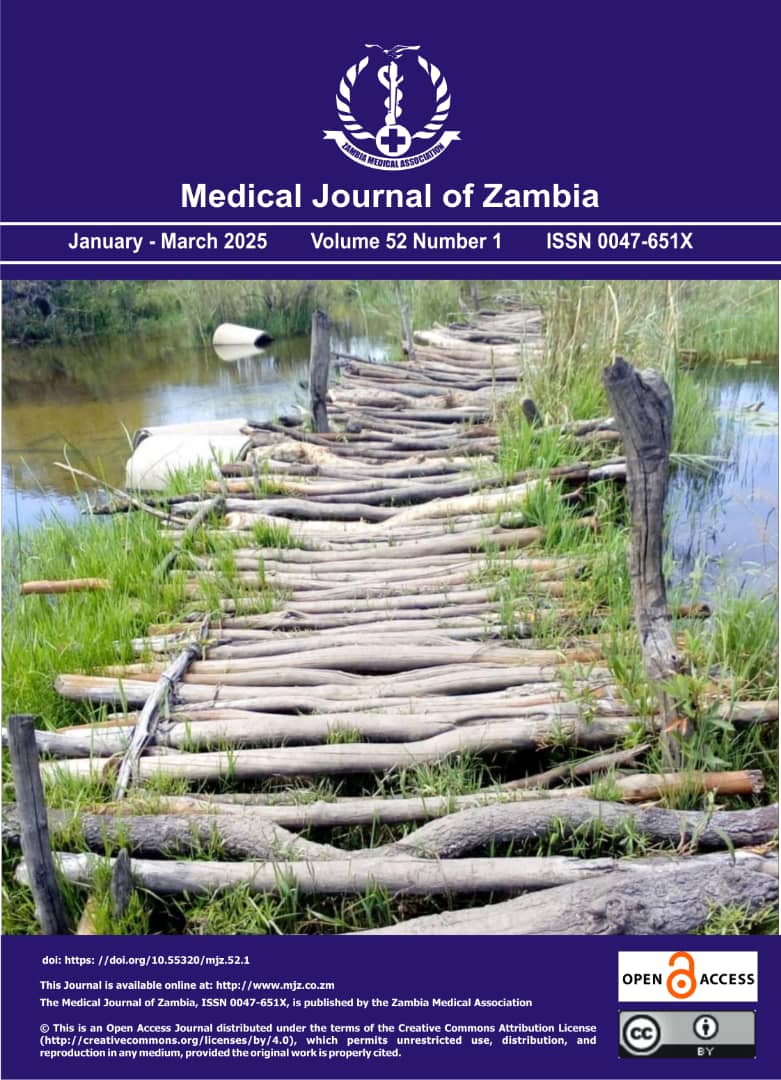Determinants of the low rate of use of curative services and therapeutic itineraries in Mbuji- Mayi
DOI:
https://doi.org/10.55320/mjz.52.1.612Keywords:
Determinants use, therapeutic itineraries, Mbuji-MayiAbstract
Context: The city of Mbuji- Mayi is experiencing a proliferation of private health facilities; The unemployment rate is high and a system of decentralization is not respected. The objective of this study was to determine the rate of use of curative services and the factors hindering the optimal use of these services and the therapeutic pathway in Mbuji- Mayi . Methods: A cross-sectional analytical study was carried out on a sample of 409 households in order to identify the determining factors of low rate of use of curative services and therapeutic itineraries for patients in the city of Mbujimayi . Results: Male heads of households were in the majority with 277 cases or 67.7%. The sex ratio was 2.1. 34.5% were between the ages of 26 and 37. The mean age was 38.07±16.14 years. Heads of households at the secondary level accounted for 47.9%. State civil servants represented 25.7%, Catholics were 148/409, ie, 36.2%; 79.9% of the heads of households were married and 49.6% of the households were inhabited by 5 to 10 people. In 76.1% of households, the monthly income was low, 73.6% of households lived at a distance ≤ 5 km from the health facility. The utilization rate of curative services and overall therapeutic pathway was 45.5%. In the first place, 20.05% of heads of households resorted to self-medication, then to HGR in second place if there was no improvement (38.2%). And only 11.2% used CS. 10% used these places because they provide good care. 65.8% found the price expensive (expensive). In contrast, the results of the multivariate analysis by logistic regression show that after adjustment for occupation, perception of health care costs, household economic level and distance between the health care facility and home are remained protective factors for the use of curative services and the differences were significant. Conclusion: These results require us to rethink the organization and regulation of health services in urban areas, in particular through the introduction of universal health coverage, which will strengthen access to care, effective and covert community participation, as well as 'effective health communication'.
Downloads
Published
Issue
Section
License
Copyright (c) 2025 Medical Journal of Zambia

This work is licensed under a Creative Commons Attribution-NonCommercial 4.0 International License.









